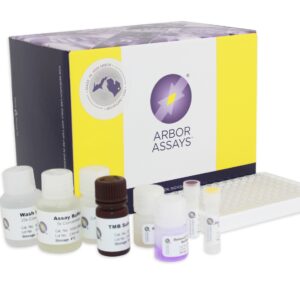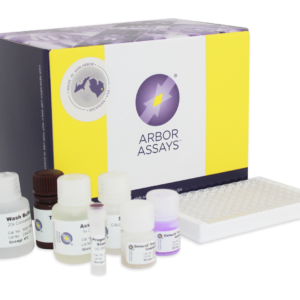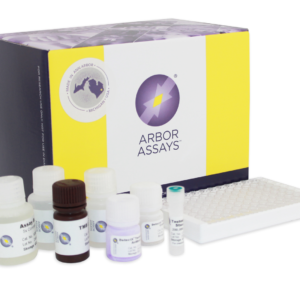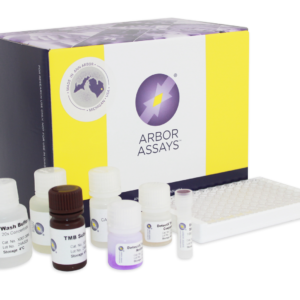What’s in a Whisker?

WHAT’S IN A SEAL’S WHISKER?
WHY?
Scientists are always looking for unique ways to obtain non-invasive tissues for physiological analysis of animals. Most body tissues or fluids such as blood, urine or fecal extracts provide only a glimpse of the reproductive and stress conditions at a given time. In a recent study, Keogh et al. (2021) wanted to determine if whiskers can provide a longitudinal record of reproductive and stress conditions throughout an animal’s lifetime.
METHOD
If hormones are absorbed into whiskers over time, they should provide a longitudinal record of reproductive state and physiological correlates of stress. To test this hypothesis, whiskers from female Steller sea lions (Eumetopias jubatus) and northern fur seals (Callorhinus ursinus) were sectioned, serially cut into pieces and pulverized to extract steroid hormones. Whisker extracts were assayed for four hormones by using Arbor Assays Cortisol (K003-H), Progesterone (K025-H), Testosterone (K032-H) and 17β-estradiol (K030-H / KB30-H) kits to examine the effects of age, sex, class or the reproductive status over time.
FINDINGS
LEARN MORE ABOUT THE SENSITIVE, HIGHLY-CITED DETECTX® KITS USED IN THIS STUDY:
Featured Products
-
In Stock
Cortisol ELISA Kit
$338.00 – $1,354.00The DetectX® Cortisol ELISA Kits quantitatively measure cortisol present in a variety of samples.
-
In Stock
Progesterone ELISA Kit
$338.00 – $1,354.00The DetectX® Progesterone ELISA Kits quantitatively measure Progesterone present in extracted dried fecal samples, urine and tissue culture media samples. Used in determination of Reproduction and Sex Steroid Metabolism
-
In Stock
Testosterone ELISA Kit
$353.00 – $1,409.00The DetectX® Testosterone ELISA Kits provide non-invasive measurements of Testosterone and Dihydrotestosterone.
-
In Stock
Estradiol ELISA Kit
$320.00 – $1,277.00The DetectX® Estradiol ELISA Kits use a specifically generated antibody to measure estradiol and its metabolites in urine and fecal samples. This kit is not recommended for serum, plasma, or saliva samples.




